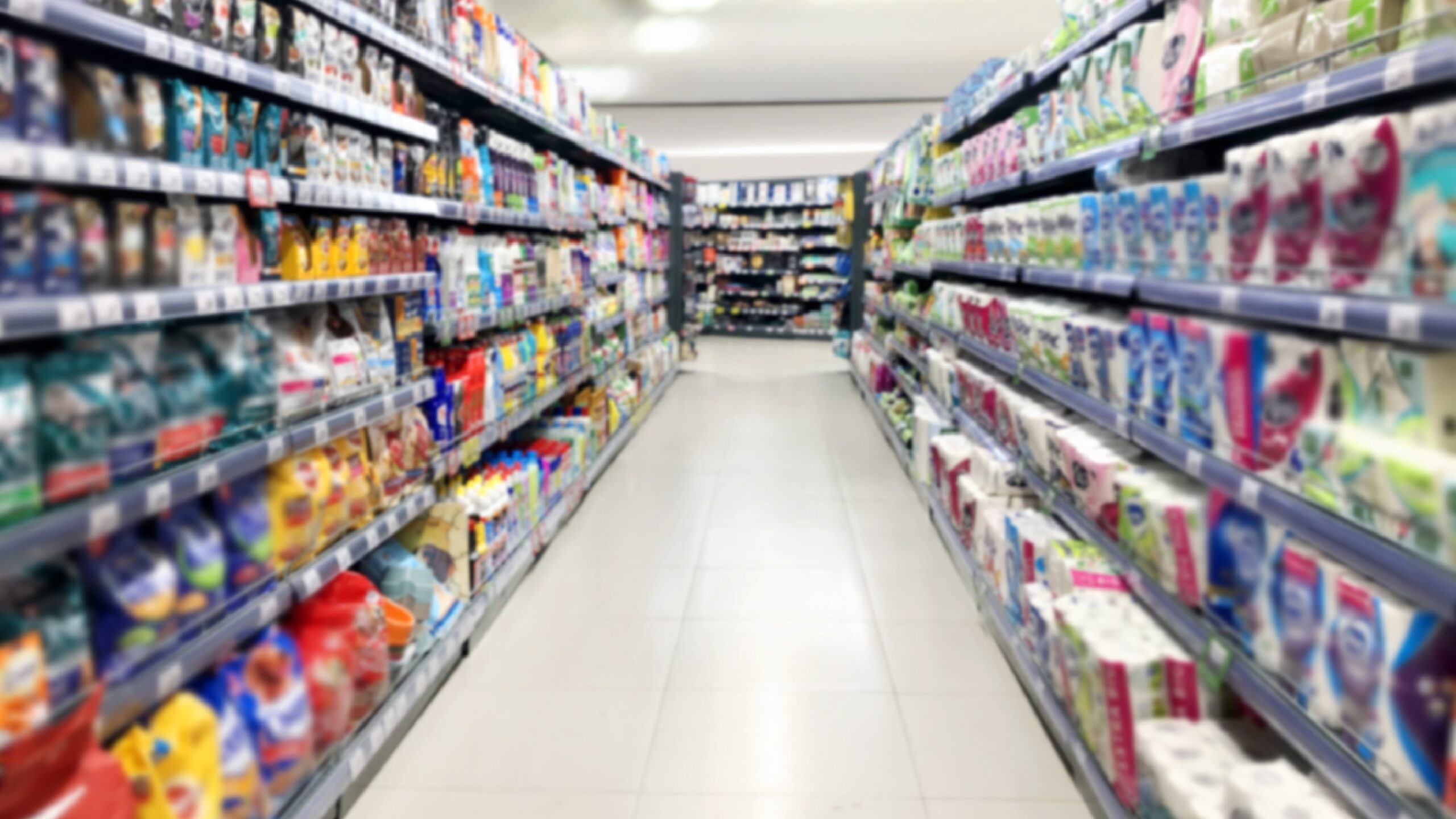1USD=149.45JPY
Supermerketization of drugstores continues to grow.
The “supermarketization” of drugstores continues unabated. Drugstores are expanding their sales of inexpensive meat and fruits and vegetables, and taking customers away from supermarkets and other different industries.
According to a survey by the Japan Chain Drug Stores Association (Chiyoda, Tokyo), food sales in drugstores in FY2022 were 2,406.4 billion yen(16.10billion USD), up 2% from the previous year. Food products accounted for 28% of total sales, exceeding cosmetics (18%).
Compared to pharmaceuticals and cosmetics, which are purchased only once or twice a month, food products are indispensable to daily life, and if they are established as a place to purchase them, customers will visit drugstores more frequently. Drugstores make money from high gross margin products such as pharmaceuticals and pharmaceutical preparations, and have the advantage of selling food products at low prices, making them easy to appeal to consumers.
4 types of supermerketization of drugstores.
There are 4 types of supermerketization of drugstores.
Mergers & Acquisitions
Kusuri no Aoki Holdings has announced plans to start selling fresh produce and meat in all 900 of its stores in the Hokuriku region by May 2025. Currently, 250 stores are undergoing renovations to expand the sale of fresh food, a strategy aimed at differentiating itself from competitors and adapting to changes in consumer behavior prompted by the COVID-19 pandemic. Since the fiscal year ending May 2021, the company has acquired eight food supermarkets through mergers and acquisitions, accumulating expertise in handling food products.

One’s own company
Genky DrugStores, which operates around 400 stores primarily in Fukui Prefecture, is enhancing its infrastructure for food sales and establishing a processing and distribution hub for prepared foods like side dishes and bento in Toyama Prefecture. The company has introduced cutting-edge technology in-house and has commenced the production of sandwiches. This move is an unprecedented effort to independently handle the intermediate processes for achieving low-cost food sales. It also enables the planning and sale of their in-house products. Genky DrugStores’ President, Kenichi Fujinaga, states, “To standardize and sell products cheaply across all stores, we have no choice but to do it ourselves.” Their strategy is EDLP (everyday low price), having already more than 2,000SKUs under Private brand.

Composite type
In 2020, Kanagawa Prefecture-based Create SD Holdings (HD) acquired the food supermarket Yuri Store (Yokohama City). The company has created food sales areas in three patterns: by itself, in collaboration with Yuri Store, and within other local supermarket stores.
The distinctive feature of Create SDHD is that it combines food sales with a dispensing function. The company has established high-margin dispensing pharmacies alongside its drugstores to secure gross profit margins for the business as a whole, while selling food products at low prices.

Group Synergy
Wellcia Holdings, Japan’s leading drugstore with 2,751 stores nationwide, targets a historic one trillion yen in sales by the fiscal year 2023. Through continuous M&A, including recent acquisitions of Kokumin (162 stores), French (3 stores), and Fuku Yakuhin (25 stores), the company is rapidly scaling up. With aspirations to become the top drugstore in ASEAN by 2030, Wellcia is innovating with new store formats, especially in collaboration with Aeon Kyushu, expanding food-focused stores that integrate professionals from both sectors for enhanced customer satisfaction and profit margins. The plan is to grow this model throughout Kyushu, aiming for 50 stores within three years, leveraging Aeon Kyushu’s logistics for a supermarket-like experience.

Challenges are also coming to the fore…
Handling food products requires refrigerated and frozen cases, installation of equipment, and other costs, as well as precise inventory management, which requires manpower and labor costs. This makes it difficult for drugstores to open large numbers of stores and sell at low prices, which is their forte. For example, Kusuri no Aoki HD’s SG&A-to-sales ratio is 24% and increasing. Drugstores have been growing in the industry, but with the new Corona disaster, food purchases at drugstores are increasing, companies are handling more fresh food, and competition with supermarkets and convenience stores is increasing.Drugstore market size in japan is about 8 trillion JPY(About 53.5 billion USD). Supermarket size in Japan is much more about 45 trillion JPY (About 301 billion USD)
While keeping an eye on the potential for market expansion, the extent to which drugstores can expand their food domain will affect future growth.

